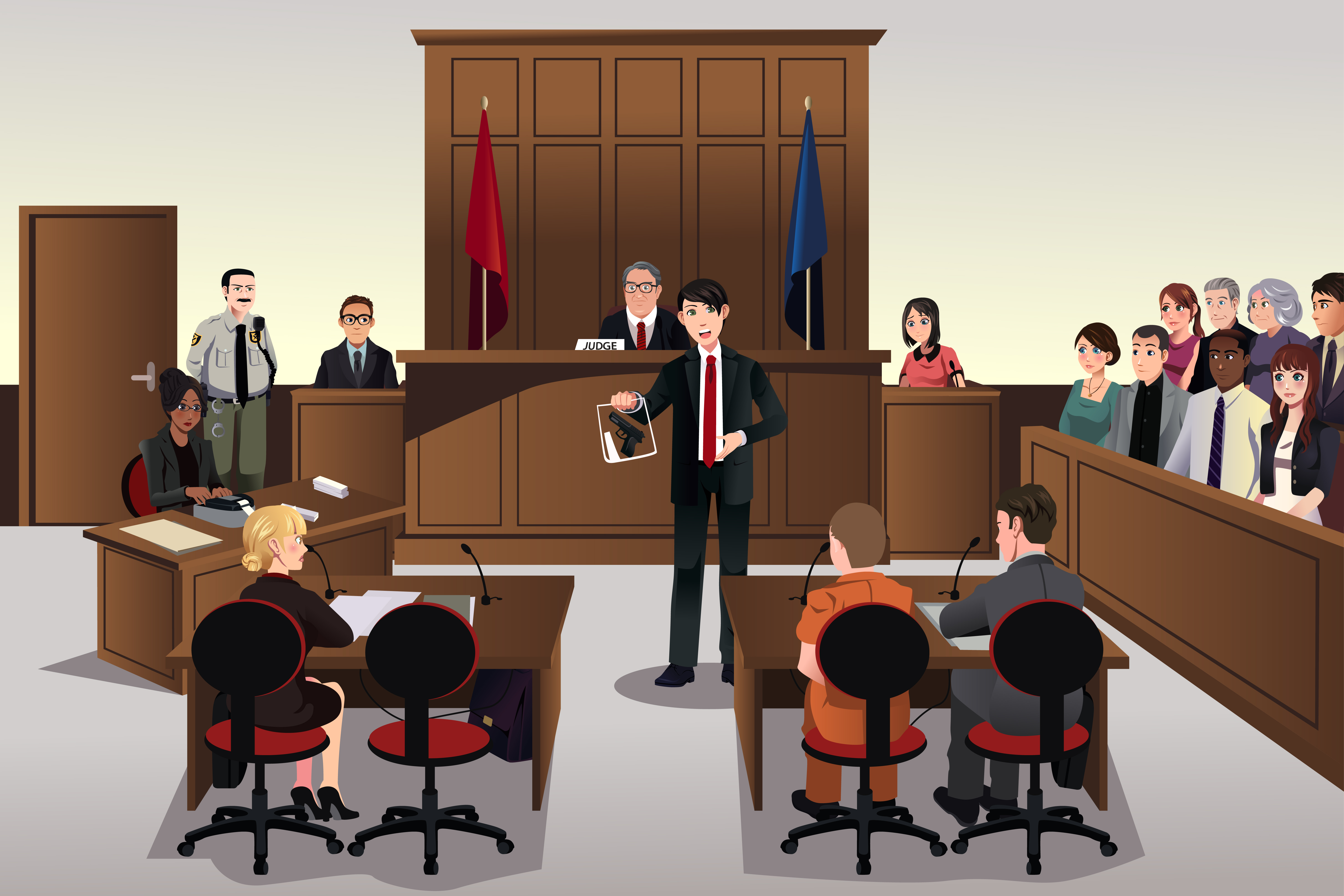Exhibits
 This article is the sixth in a multi-part series on trial evidence.
This article is the sixth in a multi-part series on trial evidence.
Exhibits are crucial in most trials: they seem to have more inherent credibility than oral testimony, they go into the jury room or judge’s chambers when the verdict is being decided, most people learn and retain five times better from their eyes than ears, and exhibits enhance the general visual appeal and impact of your case. Accordingly, a good trial lawyer should know how to offer and object to exhibits as both an evidence technician and an advocate.
Planning
Select carefully which exhibits you will use and scrutinize them for extraneous information which might be otherwise inadmissible or detract from the essence of your case. Scrutinize your opponent’s proposed exhibits as well. Plan to weave the introduction of your exhibits into the context of the case so the jury will understand their importance. For example, have the witness describe how she got to the accident scene before the photo is introduced. Figure out ahead of time how you will display your exhibits to the jury so that everyone can see them.
Mechanical Steps
The key to introducing exhibits is learning how to do it smoothly and quickly, thereby avoiding needless objections and impressing judge, jury, and opposing counsel with your competence. Hon. Ken Kawaichi calls your preliminary steps the Magic Triangle: show the proposed exhibit to your opponent, ask to have the exhibit marked “for identification,” ask to approach the witness, ask the witness to identify the item as you hand it to him, return to your table and lay the foundation. Check with your judge pretrial to see how s/he likes all of these steps done; some may be unnecessary, if, for example, s/he wants all exhibits pre-marked.
The Foundation
You don’t have to memorize the foundation for every type of exhibit. Sources like California Evidentiary Foundations by Professor Edward Imwinkelried (Matthew Bender) or CEB’s Effective Introduction of Evidence in California will provide the script you need. Refer to one right before trial and practice with each exhibit. Bring the source to court as a backup.
Crucial to laying a foundation for an exhibit, or objecting to it, is to understand why a foundation is necessary. If you understand the evidentiary issues, you can get out of trouble if you or a witness can’t mouth the exact words the judge is looking for.
Use the tests of relevance, authenticity, hearsay, and best evidence to analyze each potential exhibit.
- Relevance: Is it probative of a material issue in the case or to the credibility of a witness?
- Authentication: What is it? How does the witness know what it is? Is it in the same relevant condition? If it isn’t the exact same thing, is it a true and accurate reflection of it?
- Hearsay: If there are words on it, are those words offered for the truth of the matter they assert? If so, does an exception apply?
- Best Evidence: Is it being offered to prove the contents of a “writing” as defined by the code? If so, is it the “original” as defined? If not, does one of many exceptions arise? Best Evidence is rarely a trial issue, but when it is, it can be outcome-determinative.
The most important foundations to know well are for business and official records, refreshed and recorded recollection, and prior inconsistent statements.
Offering and Showing
After you’ve laid the foundation, offer the exhibit. Then ask to show it. Make sure you’ve arranged for it to be seen by everyone by making individual copies, or a blowup, or by using an overhead projector or some sort of presentation software. If the judge will not rule on admissibility until the end of your examination or case, ask that the jury be allowed to see it now while the exhibit makes most sense in the context of your examination. Also, make sure you offer it later and get your ruling.
Final Argument
Use your exhibits during final argument. They have loads of credibility, they provide visual impact, and they give you nice props. Tell the jurors to look at the exhibits during deliberation. And be sure, after all of your hard work, that they actually make it into the jury room.
Prior articles in the Trial Evidence Skills series can be found on the ACBA Blog at http://acbanews.wordpress.com/category/trial-evidence-series/.
Tim Hallahan is the director of the Stanford Law School Trial Advocacy Skills program, a national CLE speaker and in-house trainer, cofounder of The Hecht Training Group, a litigation skills training firm and a Judicial Education Attorney at the Administrative Office of the Courts. This article was originally published in the ACBA’s annual print publication A Year in Review.
